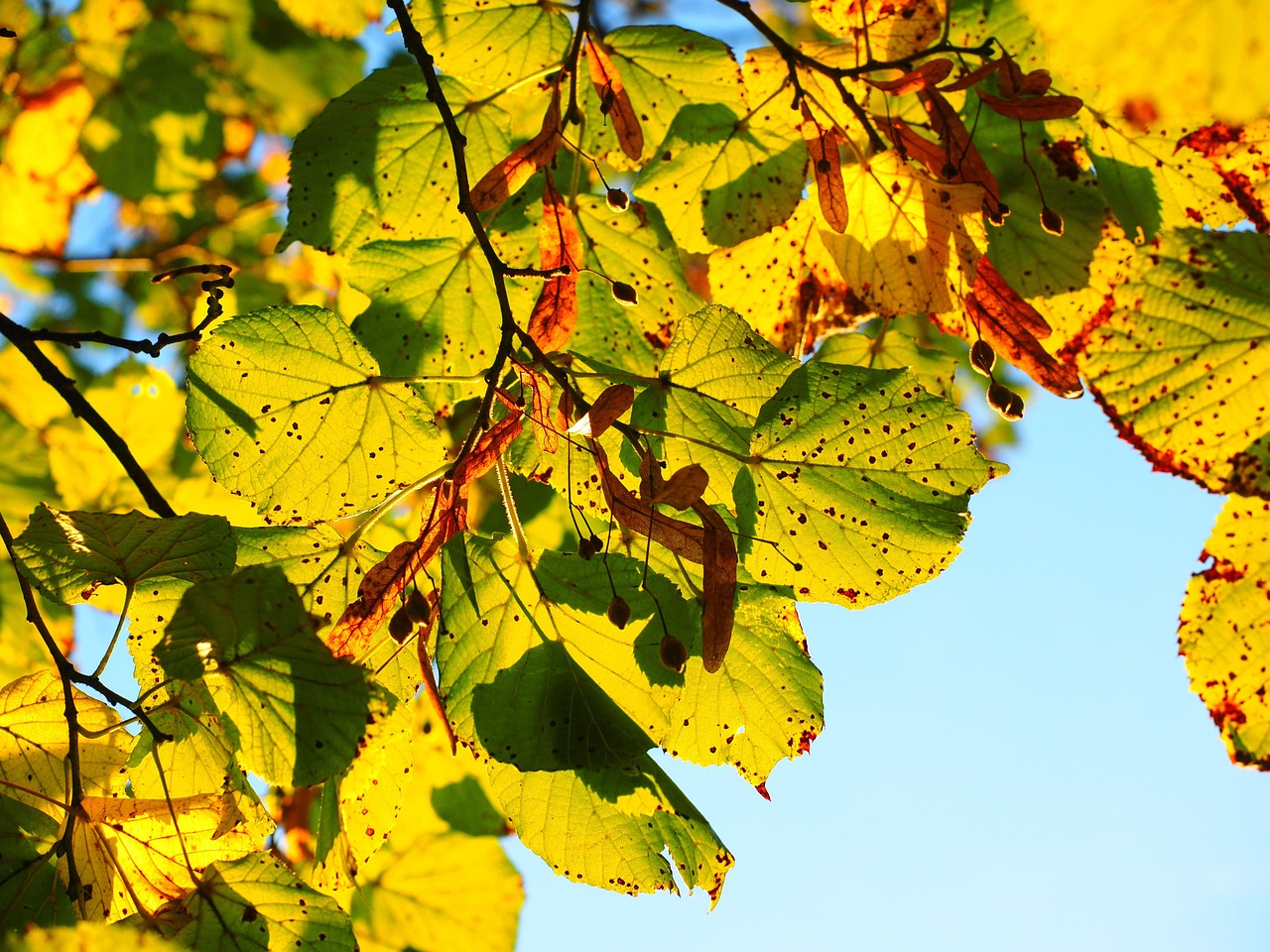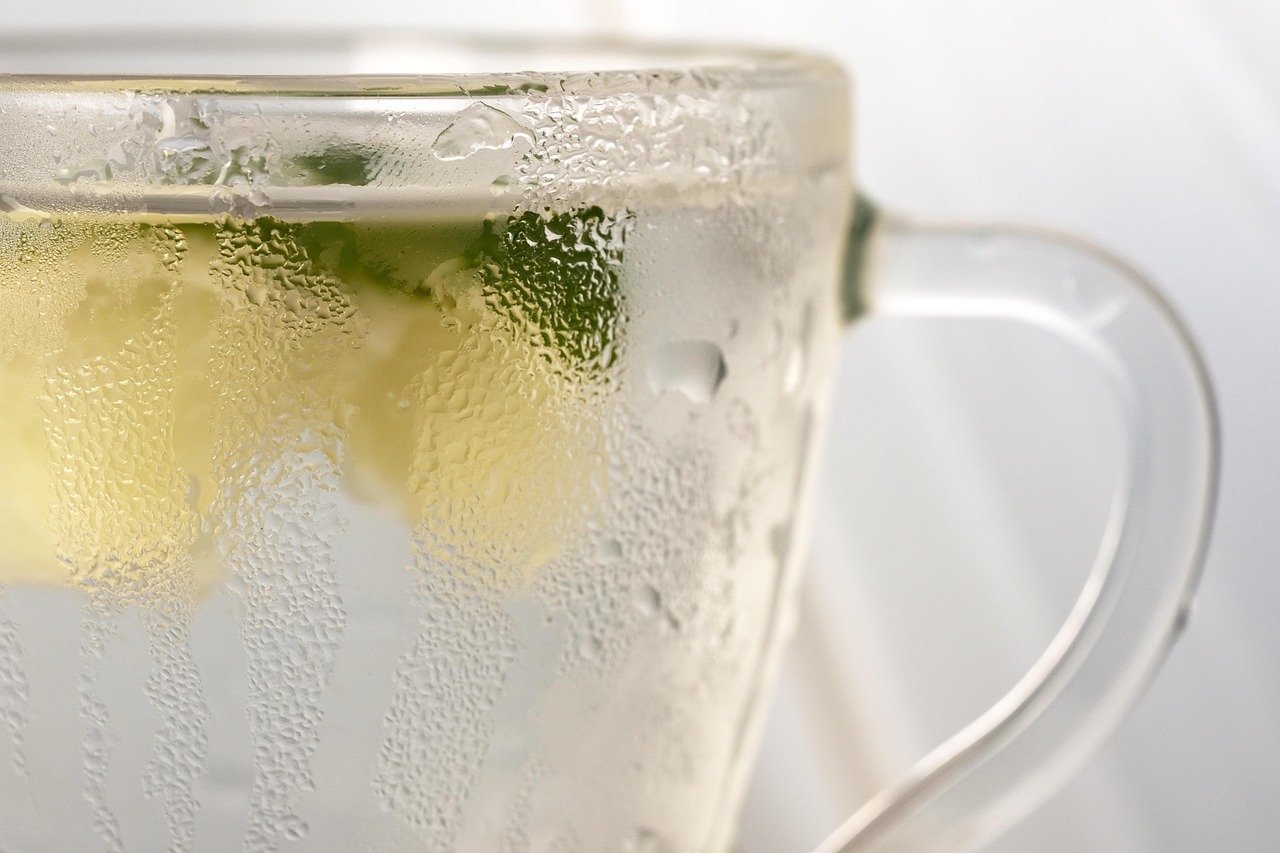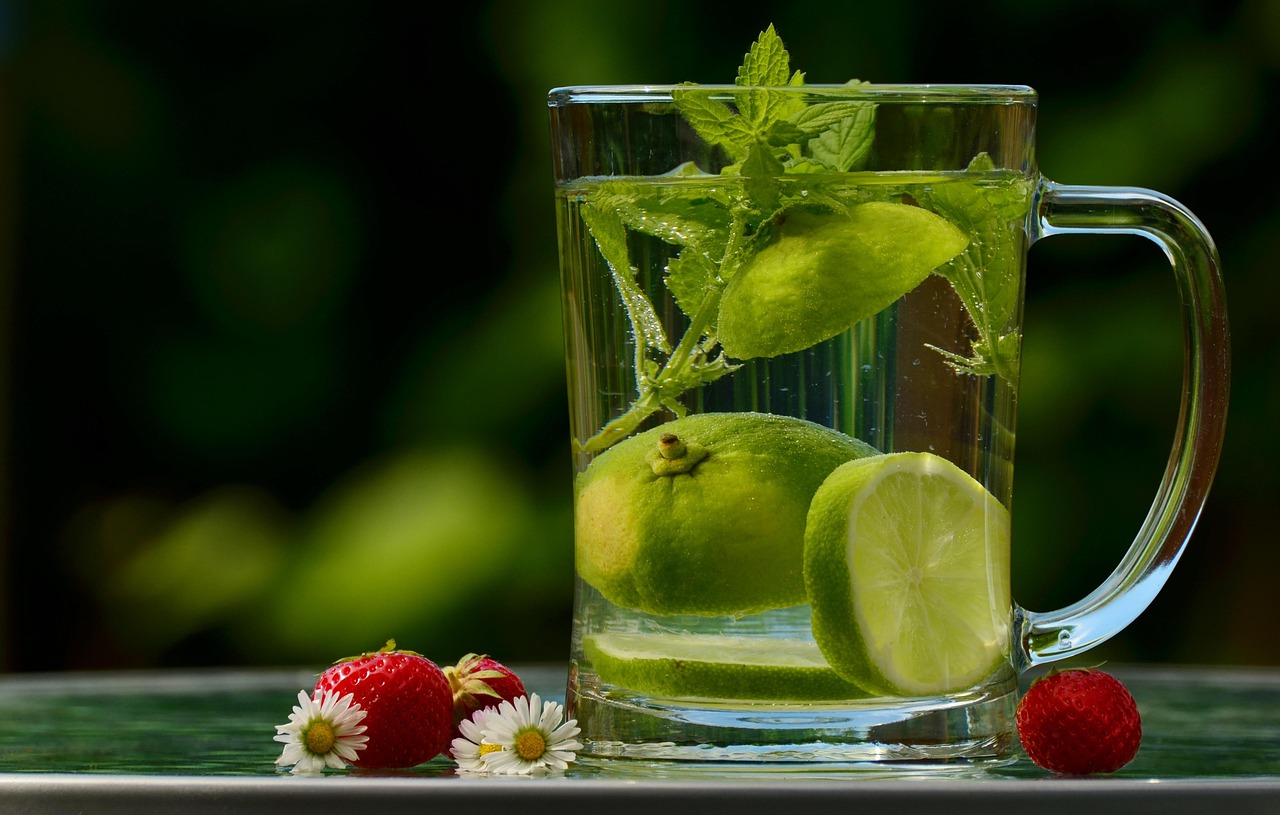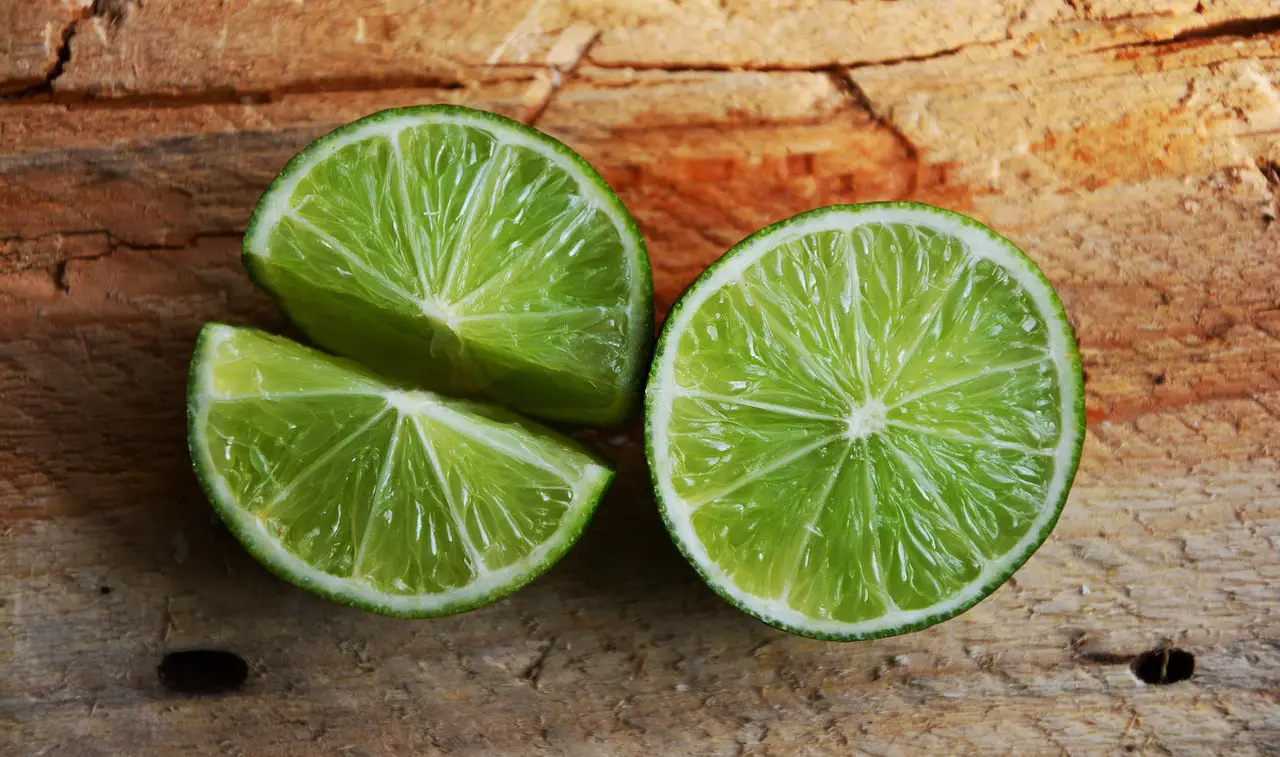Lime trees typically grow at a rate of about 10 to 20 inches per year under optimal conditions. Factors such as soil quality, water availability, and climate significantly influence their growth rate.
Understanding Lime Tree Growth
Lime trees are a popular choice for home citrus growth due to their fragrant flowers and delicious fruits. They belong to the Rutaceae family and are known for their vibrant green leaves and tangy fruit. Growing a lime tree can be rewarding, but understanding its growth rate is crucial for successful cultivation.

The growth rate of lime trees can vary based on several factors, including the species of lime, environmental conditions, and care practices. There are several varieties of lime trees, such as the Persian lime and the Key lime, each with its unique characteristics and growth habits. The Persian lime, for instance, is more commonly grown in home gardens due to its hardiness and higher yield.
Factors Affecting Growth Rate
Multiple factors influence the growth rate of lime trees. These include:
- Soil Quality: Lime trees thrive in well-draining soil rich in organic matter. Poor soil can stunt growth.
- Watering: Consistent and adequate watering is essential. Overwatering or underwatering can negatively impact growth.
- Sunlight: Lime trees require full sun exposure for at least 6-8 hours daily to grow optimally.
- Temperature: Lime trees prefer warm temperatures. They do not tolerate frost well, which can affect growth rates.
- Nutrients: Regular fertilization with appropriate nutrients supports healthy growth.
Growth Stages of Lime Trees
Lime trees go through several distinct growth stages. Understanding these stages helps gardeners provide the right care at each phase:

- Seedling Stage: This stage lasts for the first few months after planting. Growth is slow as the tree establishes its roots.
- Juvenile Stage: Lasting from 6 months to 2 years, this stage sees increased growth as the tree develops its leaves and branches.
- Mature Stage: After approximately 2-3 years, the tree reaches maturity, producing flowers and fruit regularly.
Optimal Conditions for Growth
To maximize the growth rate of lime trees in a home garden, it is essential to create optimal growing conditions. Start by selecting a suitable location that receives ample sunlight and is sheltered from strong winds. The ideal soil pH for lime trees is between 6.0 and 7.5. Regular soil testing can help ensure that nutrient levels are adequate.
Watering practices also play a vital role in growth. During the growing season, deep watering once a week encourages strong root development. However, it is important to monitor soil moisture to avoid overwatering, which can lead to root rot. Mulching around the base of the tree can help retain moisture and regulate soil temperature.
Nutritional Needs
Lime trees benefit from balanced fertilizers that provide essential nutrients. A fertilizer with equal parts nitrogen, phosphorus, and potassium is often recommended. Additionally, micronutrients like magnesium and iron are crucial for healthy foliage and fruit production.

Fertilization Schedule
A suggested fertilization schedule includes:
| Month | Fertilizer Type | Application Rate |
|---|---|---|
| February | Balanced Fertilizer | 1 cup per tree |
| May | Citrus Fertilizer | 1 cup per tree |
| August | Balanced Fertilizer | 1 cup per tree |
By following these guidelines for care and maintenance, home gardeners can encourage healthy growth and maximize the potential yield of their lime trees.
Watering Techniques for Lime Trees
Proper watering is fundamental to the growth and health of lime trees. As a tropical fruit tree, lime trees require consistent moisture but are sensitive to waterlogged conditions. Understanding the best practices for watering can lead to vigorous growth and fruitful production.
Watering Frequency
The frequency of watering depends on several factors, including climate, season, and soil type. Here are some general guidelines:

- Spring and Summer: During the growing season, lime trees typically need more water. Water them deeply once a week, ensuring the soil remains moist but not soggy.
- Fall: As temperatures cool, reduce watering to every 10 to 14 days, depending on rainfall.
- Winter: In winter, lime trees enter a dormant phase. Water sparingly, allowing the top inch of soil to dry out between waterings.
Watering Methods
There are several methods to water lime trees effectively. Each method has its benefits and can be chosen based on the gardener’s preference:
- Drip Irrigation: This method delivers water directly to the root zone, minimizing waste and preventing water from splashing onto the leaves, which can promote disease.
- Soaker Hoses: Soaker hoses allow water to seep through porous material slowly. They are laid out on the soil surface and can cover a larger area.
- Hand Watering: For smaller gardens or container-grown lime trees, hand watering with a hose or watering can ensures that water reaches the roots without over-saturating the soil.
Pest and Disease Management
Lime trees can be susceptible to various pests and diseases that may hinder their growth. Early detection and management are crucial for maintaining a healthy tree.
Common Pests
Several pests may pose a threat to lime trees. Here are some of the most common:
- Aphids: These small insects feed on new growth, causing leaves to curl. They can also transmit diseases.
- Spider Mites: These pests thrive in dry conditions and can cause yellowing leaves. Regular misting can help prevent infestations.
- Citrus Leaf Miner: The larvae of this pest create tunnels in the leaves, affecting photosynthesis.
Disease Prevention
In addition to pests, lime trees can suffer from various diseases. Some common diseases include:
- Citrus Canker: Causes lesions on leaves and fruit. It spreads through wind and rain, making prevention essential.
- Root Rot: This disease occurs due to overwatering or poor drainage. It can be prevented by ensuring proper soil conditions.
- Powdery Mildew: A fungal disease that appears as a white powder on leaves. Proper air circulation and avoiding overhead watering can help control it.
Pest and Disease Management Strategies
Here are effective strategies for managing pests and diseases in lime trees:
- Regular Inspections: Check trees weekly for signs of pests or diseases. Early detection often leads to easier management.
- Natural Predators: Encourage beneficial insects like ladybugs and lacewings that feed on harmful pests.
- Pesticides: If infestations occur, consider using organic pesticides or insecticidal soaps that target specific pests without harming beneficial insects.
Harvesting Limes
The final stage in the growth cycle of lime trees is harvesting their fruit. Knowing when and how to harvest limes is essential for optimal flavor and quality.
Timing the Harvest
Limes are typically ready for harvest about 6 to 9 months after flowering. The best time to pick limes is when they have reached full size and have developed a glossy appearance. Color is also an indicator; for instance, Persian limes will turn from green to a light yellowish-green when ripe.
Harvesting Techniques
When harvesting limes, use the following techniques to avoid damaging the tree:
- Use Pruners: Cut the fruit from the stem with clean pruners instead of twisting it off. This reduces stress on the branches.
- Harvest in Dry Weather: Pick limes during dry weather to minimize damage and potential rot.
- Avoid Overripe Fruit: Overripe limes can fall from the tree and may attract pests. Regular harvesting helps maintain fruit quality.
With careful attention to watering, pest management, and harvesting techniques, home gardeners can enjoy healthy lime trees that produce abundant fruit year after year.
Common Varieties of Lime Trees
When considering lime tree growth for home citrus production, understanding the different varieties is essential. Each variety has unique characteristics, growth rates, and flavor profiles. Choosing the right type of lime tree can significantly impact your gardening experience.
Persian Lime
The Persian lime, also known as the Tahiti lime, is the most commonly cultivated lime in home gardens. It is larger than other lime varieties and has a thicker skin. This variety is seedless and has a slightly milder flavor compared to other limes.
- Growth Rate: Persian limes grow rapidly and can reach heights of 6 to 10 feet.
- Fruit Size: The fruit typically measures about 2 to 3 inches in diameter.
- Harvest Time: Fruits are usually ready for harvest 7 to 12 months after flowering.
Key Lime
Key limes are smaller and have a distinct tart flavor, making them popular for culinary uses, especially in desserts like Key lime pie. These limes are traditionally grown in Florida but can thrive in many home gardens.
- Growth Rate: Key lime trees have a slower growth rate compared to Persian limes, reaching about 3 to 6 feet in height.
- Fruit Size: The fruit is smaller, typically around 1 to 2 inches in diameter.
- Harvest Time: Key limes are ready for harvest approximately 6 to 8 months after flowering.
Kaffir Lime
Kaffir limes are unique due to their bumpy skin and aromatic leaves, which are often used in culinary dishes. The fruit is not commonly consumed but is valued for its zest and leaves.
- Growth Rate: Kaffir lime trees can grow up to 6 to 10 feet tall.
- Fruit Size: The fruit is small and often not used for juicing.
- Harvest Time: Fruits can be harvested about 12 months after flowering.
Environmental Considerations for Lime Tree Growth
The environment plays a crucial role in the growth rate and overall health of lime trees. Several environmental factors must be considered for successful cultivation.
Climate Requirements
Lime trees thrive in warm, tropical climates but can adapt to subtropical areas. Here are some climate considerations:
- Temperature: Lime trees prefer temperatures between 70°F and 100°F. They do not tolerate frost and should be protected during cold snaps.
- Humidity: Moderate humidity levels are ideal. Too much humidity can lead to fungal diseases, while too little can stress the tree.
Soil Conditions
The right soil conditions are vital for optimal growth. Lime trees prefer well-drained soils with a pH level between 6.0 and 7.5. Here are some tips for improving soil conditions:
- Soil Testing: Conduct regular soil tests to determine pH and nutrient levels. This helps in selecting appropriate amendments.
- Amendments: Incorporate organic matter such as compost or well-rotted manure to improve soil structure and fertility.
- Drainage: Ensure good drainage by avoiding compacted soils. Raised beds can be beneficial in areas with heavy clay soils.
Caring for Lime Trees Year-Round
The care of lime trees extends beyond just watering and harvesting. Year-round maintenance is essential for healthy growth and productivity.
Pruning Practices
Regular pruning promotes healthy growth, improves air circulation, and encourages fruit production. Here are some pruning tips:
- Timing: Prune during the dormant season or just before new growth begins in spring.
- Techniques: Remove dead or diseased branches first, then thin out crowded areas to improve light penetration.
- Shaping: Aim for a balanced shape that allows sunlight to reach all parts of the tree.
Pest Monitoring
Regular monitoring for pests is vital for the health of lime trees. Here are strategies to keep pests at bay:
- Create a Diverse Garden: Planting a variety of plants can attract beneficial insects that prey on harmful pests.
- Sticky Traps: Use yellow sticky traps to monitor insect populations and catch flying pests early.
- Cultural Practices: Avoid excessive nitrogen fertilization, which can make trees more susceptible to pests.
Nutritional Needs Throughout the Year
Lime trees have specific nutritional needs that change with the seasons. Understanding these requirements helps in maintaining healthy growth.
Nutrient Application Schedule
A general nutritional schedule may include the following:
| Season | Nutrient Focus | Fertilizer Type |
|---|---|---|
| Spring | Nitrogen boost for new growth | Citrus fertilizer high in nitrogen |
| Summer | Support for flowering and fruiting | Balanced fertilizer with micronutrients |
| Fall | Nutrient replenishment | Balanced fertilizer or compost |
This comprehensive approach to caring for lime trees ensures they remain healthy, productive, and ready to provide delicious fruit season after season.
Challenges in Lime Tree Cultivation
While growing lime trees can be rewarding, it is not without its challenges. Understanding these potential issues allows gardeners to take proactive measures to ensure healthy growth and fruit production.
Environmental Stressors
Lime trees are sensitive to environmental changes. Common stressors include:
- Temperature Fluctuations: Sudden drops in temperature can cause frost damage, especially in young trees. Protecting trees with covers during cold snaps can help mitigate this risk.
- Water Stress: Both overwatering and underwatering can lead to stress. Regular monitoring of soil moisture is essential to maintain the right balance.
- Wind Damage: High winds can break branches or uproot young trees. Planting windbreaks or providing shelter can help protect vulnerable trees.
Pest Resistance
With an increasing number of pests affecting citrus crops, it is vital for lime tree growers to focus on integrated pest management (IPM) strategies. Here are some approaches:
- Regular Monitoring: Keep a close eye on trees for signs of pest infestation. Early detection can prevent larger outbreaks.
- Cultural Practices: Use crop rotation and companion planting to deter pests naturally.
- Encouraging Biodiversity: Attract beneficial insects that prey on harmful pests by planting flowers and herbs nearby.
Harvesting and Using Limes
The joy of growing lime trees culminates in the harvesting of fresh fruit. Knowing how to properly use and store the limes harvested can maximize their enjoyment and lifespan.
Using Fresh Limes
Fresh limes are versatile and can be used in various culinary applications:
- Beverages: Fresh lime juice adds a refreshing twist to cocktails, lemonade, and other drinks.
- Culinary Dishes: Limes can enhance the flavor of marinades, dressings, and desserts.
- Garnish: Lime wedges make an attractive garnish for many dishes and beverages.
Storing Limes
To preserve the freshness of harvested limes, consider the following storage tips:
- Room Temperature: Fresh limes can be stored at room temperature for up to one week.
- Refrigeration: For longer storage, place limes in the refrigerator’s crisper drawer, where they can last for several weeks.
- Lime Juice and Zest: Freeze lime juice in ice cube trays or store zest in airtight containers for future use in recipes.
Final Thoughts
Cultivating lime trees at home offers numerous rewards, from the satisfaction of nurturing a plant to enjoying the fruits of your labor. Understanding the growth rate, care requirements, and potential challenges of lime tree cultivation is essential for success. By selecting the right varieties, providing optimal care, and staying vigilant against pests and diseases, home gardeners can enjoy a bountiful harvest of fresh limes for culinary delights.
The journey of growing lime trees not only enhances your gardening skills but also enriches your culinary experiences. Whether you are a novice or an experienced gardener, the knowledge gained from this article can help you create a thriving lime tree in your garden. Embrace the process, enjoy the fruits, and share your love of home-grown citrus with friends and family!
